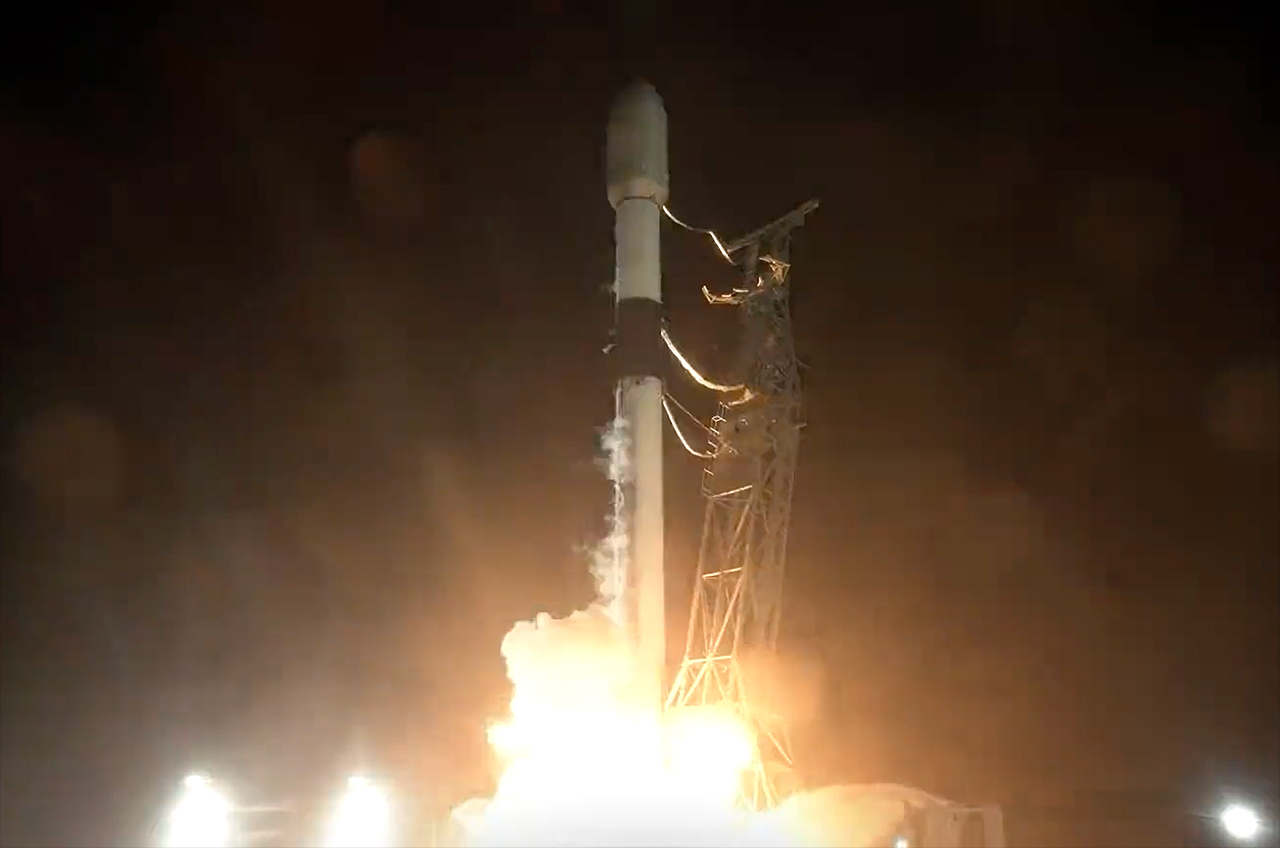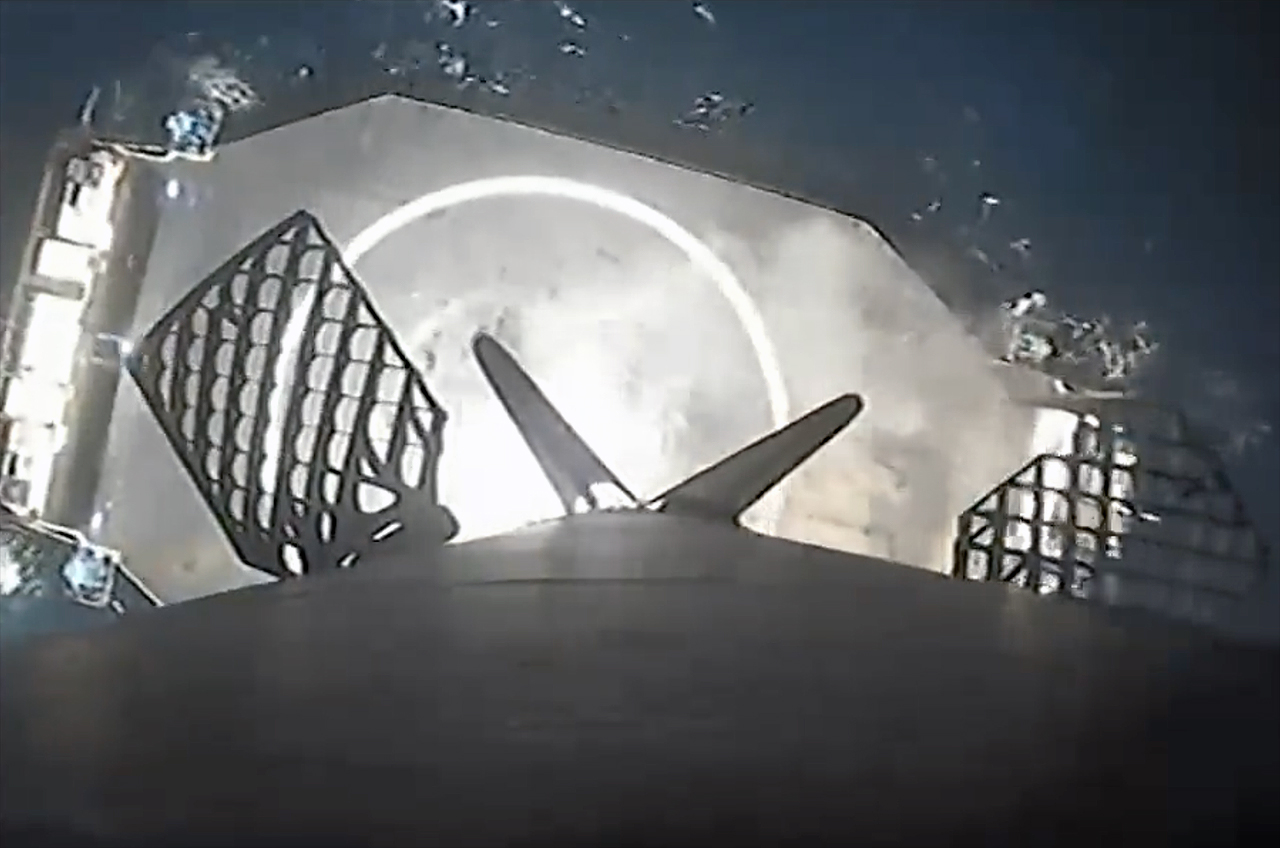
SpaceX launched 22 more of its Starlink internet satellites from California early on Monday morning (Nov. 20).
A SpaceX Falcon 9 rocket lifted off from Vandenberg Space Force Base Monday at 5:30 a.m. EST (1030 GMT; 2:30 a.m. local California time).
Related: Starlink satellite train: How to see and track it in the night sky

The Falcon 9's first stage came back to Earth for a vertical landing about 8.5 minutes after launch on the drone ship Of Course I Still Love You, which was stationed in the Pacific Ocean.
It was the 15th launch and landing for this rocket's first stage, according to a SpaceX mission description. That flight resume included nine other Starlink launches as well as the Double Asteroid Redirection Test, a NASA mission that successfully slammed a spacecraft into an asteroid in September 2022.
The 22 Starlink satellites, meanwhile, were deployed from the Falcon 9's upper stage into low Earth orbit about 62.5 minutes after liftoff.

Monday morning's launch wrapped up a very busy weekend for SpaceX. The company also lofted 23 Starlink satellites from Cape Canaveral Space Force Station in Florida on Friday night (Nov. 17).
And on Saturday, SpaceX launched the second-ever test flight of Starship, the giant next-generation system it's developing to help humanity set up shop on the moon and Mars. Starship flew well at first, reaching a maximum altitude of about 91 miles (148 kilometers), but the mission ended about eight minutes after liftoff with a "rapid unscheduled disassembly" — SpaceX lingo for an explosion.
Monday morning's launch was originally targeted for Sunday, but the company scrubbed the attempt after propellant loading had begun.







